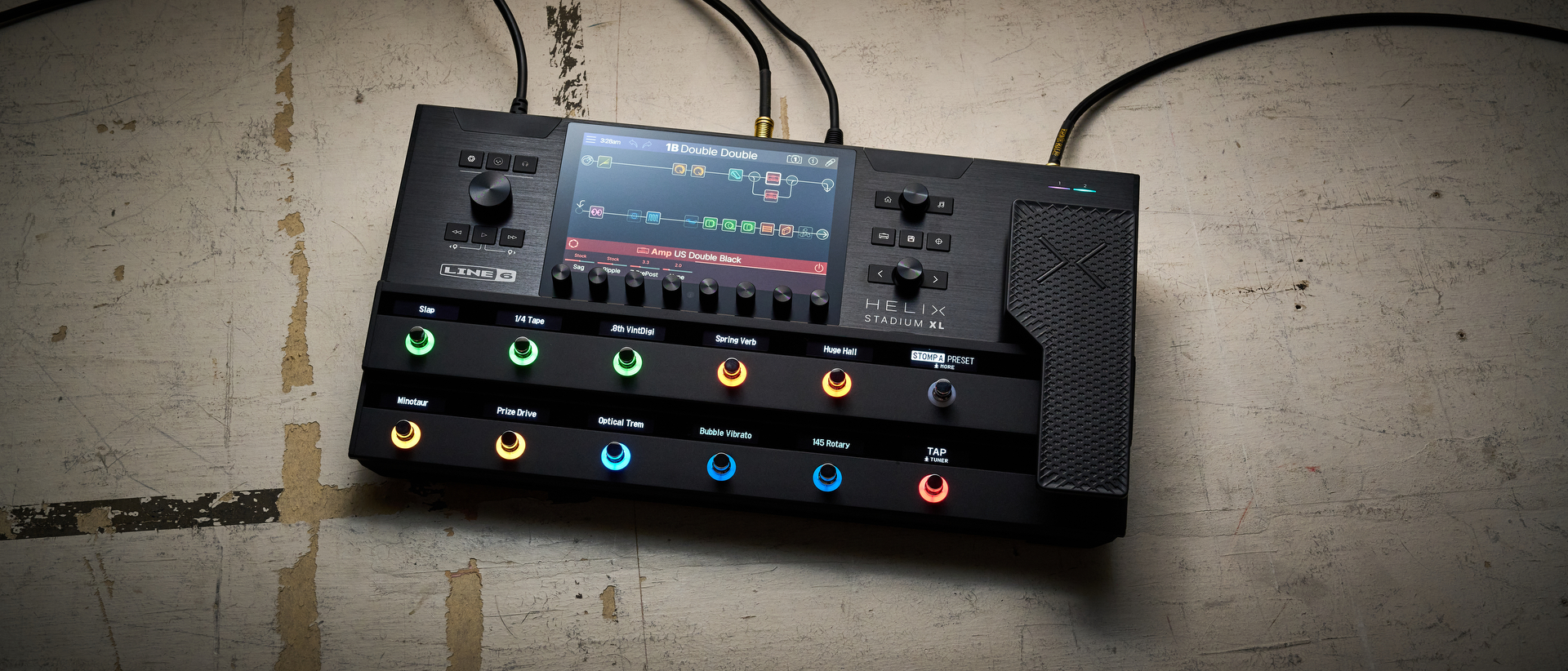These guitar finger exercises will improve your finger independence and dexterity, and make you a better player
Get your fingers working independently of each other and the fretboard will really open up

Guitarists often stick to tried-and-tested scale shapes, finger positions and licks, built upon years of muscle memory and repetition.
This can yield gratifying results, but in order to build upon one’s musicianship it’s good to move away from these positions and try something new. Not only will this enhance your technique and fretting-hand independence, it will also open your ears to new phrases and ideas, and breathe new life into your playing.
There are many ways of playing your scales in different ways, opposed to simply ascending and descending the neck. You might find that you can play your favoured shapes at rapid tempos along the fretboard, but what happens if you deconstruct these and play them in different intervals?
One way would be to play a scale in 3rds, where you play the root note followed by the 3rd degree of the scale. You would then play the 2nd degree followed by the 4th, then the 3rd followed by the 5th, and so on (see example 3).
If you’re not used to playing scales in this way, it might be tricky at first. However, with practice, it will improve your fretting-hand independence and bring new creative life to your playing. There are many ways of playing scales that you should explore, such as doing so in groups of three or four, which will improve your dexterity no end.

You may be familiar with an exercise that’s often called the spider exercise, where you play chromatically along each string. For example, playing the 5th, 6th, 7th and 8th frets on each string, using your first, second, third and fourth fingers. This is a useful tool to help you warm up and develop speed, but it’s predictable so doesn’t exactly challenge your fingers.
So why not re-order the sequence of fingers? Instead of using your first, second, third and fourth digits in succession, explore something different such as your first, fourth, second and third fingers (example 1). There are many ways to change the string or finger order to enhance your independence, so why not experiment with seeking out other patterns, too?
All the latest guitar news, interviews, lessons, reviews, deals and more, direct to your inbox!
Another style of playing which might take you out of your comfort zone is exploring baroque inspired lines (examples 4 and 5 plus the study piece). These ideas, originally written for harpsichord, are excellent finger workouts, providing lines a little different from what you may be used to.
It can be challenging to get them up to fast tempos, so use a metronome to slowly build up speed. With perseverance, your technique and dexterity will develop greatly, ultimately improving your guitar playing ability.
Examples tab and audio
Example 1. Spider Exercise
This is a great exercise for finger independence. Play this exercise across all six strings, moving up the neck one fret at a time. Once you are comfortable with this exercise, and your picking is even, in-time and perfectly co-ordinated, re-order the sequence of fingers to create different combinations.
Example 2. Diatonic Arpeggios
This diatonic example uses triads in multiple finger positions. It’s perfect for challenging your fingers with shapes that you might not be accustomed to.
Example 3. Major Scale in 3rds
Playing scales in 3rds is another way of improving fretting-hand finger independence. Once you are happy with this exercise, try applying it across two octaves as well as using the same idea on other scale shapes that you know (Mixolydian, Dorian, etc).
Example 4. Baroque Sequences
Baroque inspired lines are excellent for promoting finger independence. The study piece takes this idea further and is a great workout for your fretting hand.
Example 5. Pedal-Tone Lick
This final exercise is another baroque idea aimed at facilitating fretting-hand independence. Use your third and fourth fingers to play the final three 16th notes on each beat, while your first and second fingers navigate the descending scale.
Fretting-hand independence study piece
[Bars 1-8] build upon example four in the previous exercises. Aim for consistency with your tempo and dynamics, ensuring an even sound throughout. I would recommend using alternate picking to play this section.
However, the choice of whether to start on an up or down stroke is up to you (down would be a typical choice though). This section is repeated so you can expand your technique and enjoy the sound of (mostly) A harmonic minor (A-B-C-D-E-F-G#).
[Bars 29 - 34] are a repeated pedal tone lick before a final scale run to bring the piece to a close. Again, aim for consistency with your phrasing and tone.
Simon is a graduate of the UK's Academy of Contemporary Music and The Guitar Institute, and holds a Masters degree in music. He teaches, examines and plays everything from rock to jazz.

